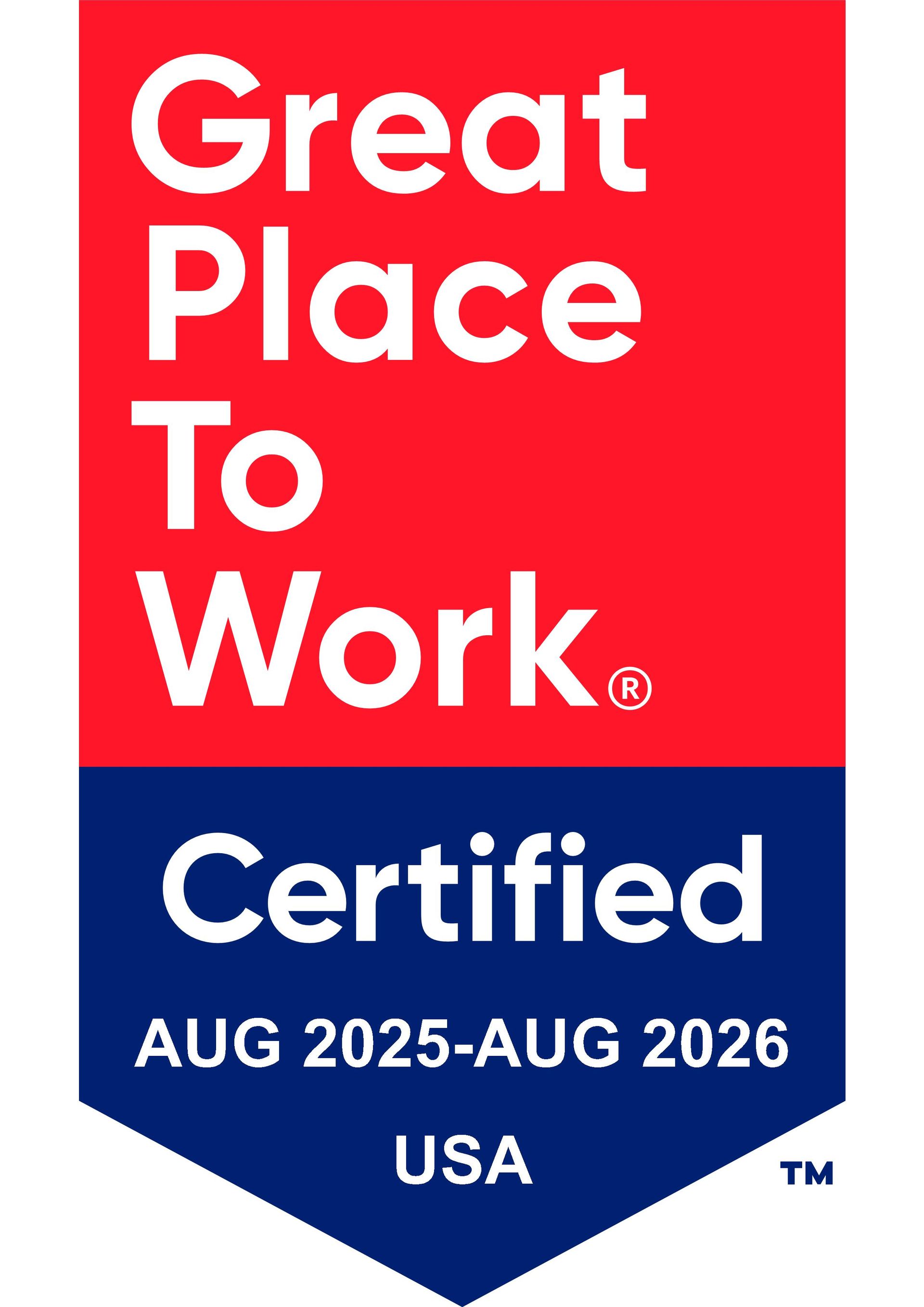
Common HR Challenges & How to Address Them
9 March 2023

As an HR professional, you often wear many hats from day to day. This is especially true if you work for a small to mid-sized business. The many hats you put on and take off from moment to moment can be challenging to keep up with and, at times, overwhelming.
The good news is, once you have dealt with a particular problem or challenge and gone through the learning curve of how to solve or handle it, you are better prepared to be both proactive and reactive to prevent and respond to such challenges in the future. Also, there is a wealth of information available to help you navigate some of the most common challenges HR professionals face.
What Do HR Professionals Do?
Before focusing on HR challenges and how to address them, let’s first discuss the myriad of activities that typically fall under the human resources umbrella. HR managers oversee a wide range of functions, including:
- Employment law compliance
- Benefits design and administration
- Compensation design and administration
- Performance management
- Training and development
- Recruiting and retention
- Organizational development
- Onboarding
- Workforce development and design
- Payroll
- Employee relations
- Diversity, equity, and inclusion (DEI)
In larger organizations, these functions are often divvied between different departments and individuals within those departments. In smaller organizations, however, many of these functions are assigned to a very small team, which is often made up of just one to two people. As a result, the burden of addressing HR challenges can take up a large portion of an employee’s time, leaving less time for them to focus on important HR base business goals and projects.
Common HR Challenges & How to Address Them
By better understanding the common challenges that can occur, a small team can be better prepared to quickly address issues as they arise and put processes and procedures in place to prevent unnecessary challenges from happening. Six common challenges HR professionals deal with on a regular basis include:
- Recruiting top talent
- Retaining talent
- Compensation and benefits design
- Compliance
- Performance management
- Change management
Below, we address these challenges, including tips on how to manage them.
Recruiting Top Talent
Hiring top talent is challenging in today’s world, regardless of your company size. Still, if you are a smaller organization that doesn’t have a brand name or size to support your recruiting efforts, it’s even more challenging, and you need to get creative to garner the attention of potential candidates. This is especially true in today’s world, where there is a shortage of talent, as well as steep competition.
Challenges
Challenges that arise include:
- Having resources to compete with companies that court candidates or have a large benefits platform
- Investing in candidates during the hiring process and then having them turn your offer down in the end
- Allocating the resources, including time and money, to locate and hire in a highly competitive market with a talent shortage
Possible Solutions
Solutions to consider include:
- Developing a college recruiting program to hire talent you can bring on board
- Focusing on your employer brand and the benefits you offer compared to the competition, including the benefits of working for a smaller organization
- Utilizing free social media and channels where your talent hangs out, so you can get your job ads in front of them and communicate directly with them
- Putting energy into passive candidates on LinkedIn and elsewhere to build a connection with them, so they are aware of what you have to offer when they are ready to jump ship at their current employer
Retaining Talent
In the same vein, recruiting is retaining talent once they are hired. Turnover is costly on many fronts, making it an effort that takes up much of HR’s time.
Challenges
Challenges that arise include:
- Considering all the factors that result in employees leaving, like lack of growth and career development opportunities, external poaching, lack of culture fit, and benefit and salary concerns
- Attempting to balance the risk of talent leaving with the cost of hiring them
- Allocating sufficient resources to retention efforts
- Analyzing and curing why employees are leaving
Possible Solutions
Solutions to consider include:
- Ensuring your recruiting efforts focus on job and culture fit to hire the right person for the job
- Addressing retention issues quickly
- Regularly evaluating your compensation and benefits platforms to ensure they align, at a minimum, align with the market
- Asking your employees how you’re doing through surveys, one on one meetings, and so on
Compensation and Benefits Design
Compensation and benefits design is an important aspect of the HR function that is also very time-consuming. Without a competitive compensation and benefits platform, it is very difficult to recruit and retain talent. It also impacts employee morale, productivity, engagement, and more.
Challenges
Challenges that arise include:
- Offering competitive benefits and perks that meet the requests of your target market
- Conducting research to determine what competitors are offering
- Designing a compensation package to remain competitive within the market and industry
- Matching compensation packages in a tight labor market, especially when dealing with larger and more well-known competitors
- Having the resources available to attend compensation benchmarking sessions
Possible Solutions
Solutions to consider include:
- Prioritizing and researching competitors to know what they are promoting as part of their employer brand and value proposition in terms of comp and benefits
- Seeking out free and low-cost salary and compensation benchmarking tools, like those offered on PayScale and Salary.com.
- Identifying creative ways to enhance compensation packages when they fall short compared to competitors
- Using employer branding to share and promote intangible and tangible perks and benefits to candidates
- Working with an employee benefits broker to adhere to support you in designing a competitive benefits platform to meet your needs and budget
Legal Compliance
A vital aspect of HR is to ensure employment laws and regulations are followed. Equal employment, anti-discrimination, benefits, and many other aspects of employment are governed by federal, state, and local laws. Not complying with such laws can result in hefty fines and penalties that can significantly impact a small business.
Challenges
Challenges that arise include:
- Keeping up with the ever-changing employment law landscape
- Lacking resources that possess the necessary expertise to address compliance
- Ensuring the entire workforce understands and adheres to required regulations
Possible Solutions
Solutions to consider include:
- Hiring a legal expert to address questions about employment regulations
- Ensuring at least one person on your management or HR team is focused on employment law and has the required time and resources to study and keep up with the legal landscape
- Regularly auditing current processes and procedures to ensure they align with local, state, and federal employment laws
- Working with an employee benefits broker to understand laws governing employee benefits
Performance Management
Performance management is a shared responsibility between leadership and human resources, with HR generally being the facilitators and stewards of the process. Also, if tough decisions need to be made related to performance, it is often up to HR to ensure the performance is addressed by working with management. Performance management processes and monitoring take time and expertise. It also requires a positive working relationship with senior leadership.
Challenges
Challenges that arise include:
- Getting management invested in the performance management process
- Identifying best processes and procedures to monitor performance and productivity to assess efficiency and operations
- Effectively assessing and identifying causes for performance issues and providing effective solutions
Possible Solutions
Solutions to consider include:
- Researching best practices in performance management and presenting ideas and solutions to leadership
- Offering training to managers to enforce the importance of regular performance assessment and communications with their teams
- Addressing performance issues quickly and effectively with managers
- Securing HR software that integrates goal and performance management that both employees and managers utilize
- Having performance management policies in place, including performance reviews and discipline policies
Change Management
Change is inevitable in the workplace. Whether the change is economical, managerial, procedural, or technological, the burden often falls on HR to work with leadership to implement change and develop plans for it to be successful.
Challenges
Challenges that arise include:
- Providing transparent communication about change throughout the change process
- Matching the needs of longer-term employees with newer employees
- Handling frustrations of employees regarding change
- Aligning HR policies and procedures with organizational goals and growth
Possible Solutions
Solutions to consider include:
- Clearly communicating and being transparent about change and why it is happening with employees before, during, and after
- Effectively communicating the benefits of change
- Developing a change management process that defines the communication timeline and project plans for change
- Asking employees for their feedback about changes after they have occurred
Overcoming HR Challenges
There are many jobs to be done within the HR team, regardless of its size. All these jobs are important, though you can only do as much as your team’s bandwidth will allow.
It is understandable that the lack of resources and manpower is often central to many common HR challenges. Fortunately, with the right level of creativity and thoughtfulness, these challenges can become less problematic and easier to handle and move through. Being innovative, effectively communicating, utilizing technology, and setting clear expectations and goals within your team will also support you in overcoming the above challenges.



